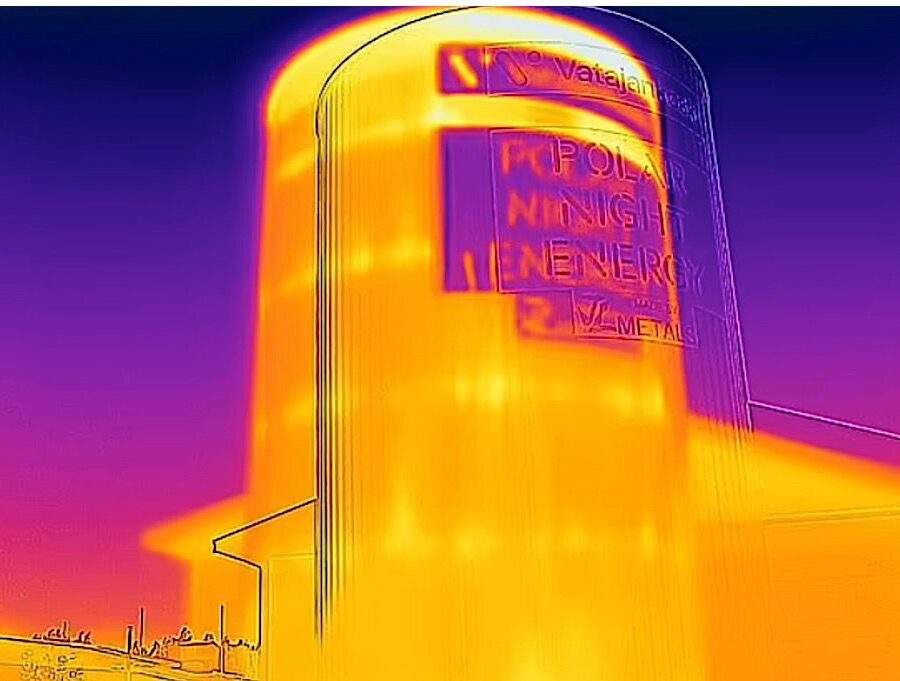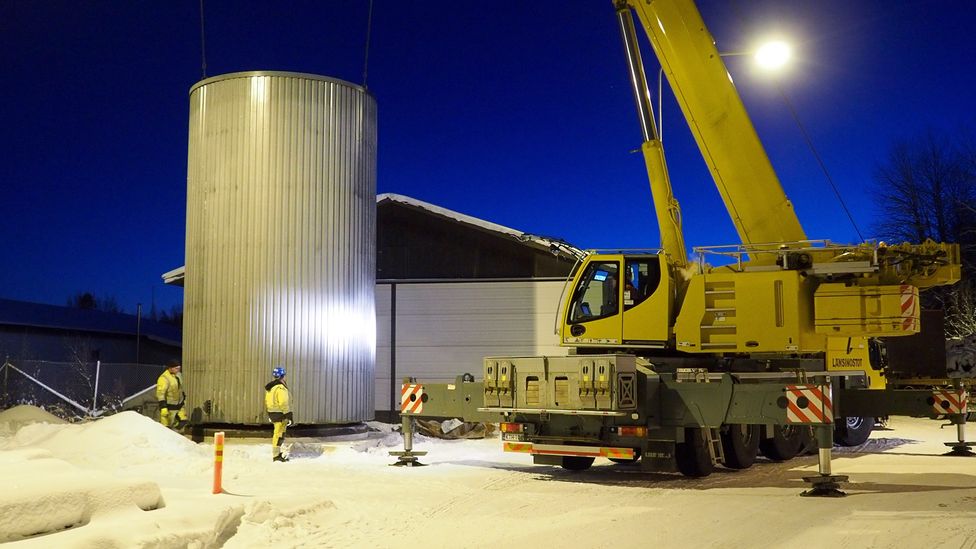Contents
- 1 A New Type Of Battery That Uses Sand As A Key Component Could Revolutionize The Energy Storage Industry
- 2 Prof. Aécio D’Silva, Ph.D AquaUniversity
- 3 What is a sand battery and how does it work?
- 4 What Are the Advantages of a Sand Battery?
- 5 What are the Challenges of a This Battery?
- 6
- 7 What are the applications of This Battery?
- 8 References
A New Type Of Battery That Uses Sand As A Key Component Could Revolutionize The Energy Storage Industry
Prof. Aécio D’Silva, Ph.D
AquaUniversity
What is a sand battery and how does it work?
A sand battery is a type of rechargeable battery that uses sand as a major component of its electrodes. Sand is composed of silicon dioxide (SiO2), one of Earth’s most abundant materials, and has excellent electrical properties.
The basic principle of this battery is similar to that of a lithium-ion battery, which is the most common type of battery used in smartphones, laptops, electric vehicles, and other devices. Both batteries have two electrodes (anode and cathode) separated by an electrolyte, which allows the flow of ions between them. When the battery is charged, electrons are transferred from the cathode to the anode through an external circuit, and when the battery is discharged, the reverse process occurs.
The difference between a sand battery and a lithium-ion battery lies in the materials used for the electrodes. In a lithium-ion battery, the anode is usually made of graphite or other carbon-based materials, while the cathode is made of metal oxides such as lithium cobalt oxide (LiCoO2) or lithium iron phosphate (LiFePO4). These materials are expensive, scarce, and environmentally harmful to mine and process.
In a sand battery, the anode is made of silicon nanoparticles derived from sand, while the cathode is made of metal sulfides such as iron sulfide (FeS2) or copper sulfide (CuS). These materials are cheap, abundant, and environmentally friendly to obtain and use.
What Are the Advantages of a Sand Battery?
This battery has several advantages over a lithium-ion battery, such as:
- Higher energy density: It can store more energy per unit mass or volume than a lithium-ion battery. This means that this battery can provide longer runtimes for devices or vehicles without increasing their size or weight.
- Longer lifespan: It can withstand more charge-discharge cycles than a lithium-ion battery without losing its capacity or performance. This means that a sand battery can last longer and require less frequent replacements.
- Lower cost: It can be produced at a lower cost than a lithium-ion battery due to the availability and affordability of its materials. This means that this battery can make energy storage more accessible and affordable for consumers and businesses.
- Higher safety: This battery has lower risks of overheating, exploding, or catching fire than a lithium-ion battery due to its inherent thermal stability and chemical inertness. This means that it can offer more protection for users and the environment.
What are the Challenges of a This Battery?
A sand battery also faces some challenges that need to be overcome before it can be widely adopted, such as:
- Technical issues: It still suffers from some technical issues that affect its performance and efficiency, such as low conductivity, high resistance, large volume expansion, and poor cycling stability. These issues are caused by the physical and chemical properties of the electrode materials and require further research and development to solve them.
- Manufacturing difficulties: It requires more complex and precise manufacturing processes than a lithium-ion battery due to the nanoscale nature of its electrode materials. These processes involve high temperatures, pressures, vacuums, and solvents that increase the cost and difficulty of production.
- Regulatory barriers: It needs to comply with various regulations and standards that govern the safety, quality, and performance of batteries in different markets and applications. These regulations and standards may vary from country to country and may not be fully compatible with the characteristics of a sand battery.
What are the applications of This Battery?
A sand battery has potential applications in various fields and sectors that require high-performance, low-cost, and eco-friendly energy storage solutions, such as:
- Consumer electronics: A sand battery can power various consumer electronic devices such as smartphones, laptops, tablets, cameras, drones, wearables, etc. with longer runtimes and lifespans.
- Electric vehicles: A sand battery can enable electric vehicles such as cars, buses, trucks, bikes, scooters, etc. to travel longer distances with lower costs and emissions.
- Renewable energy: A sand battery can store excess energy generated by renewable sources such as solar panels or wind turbines during peak hours and release it during off-peak hours or when needed.
- Grid stabilization: A sand battery can provide backup power or frequency regulation for the electric grid during power outages or fluctuations caused by natural disasters or human errors.
- Remote areas: This battery can supply reliable and affordable electricity for remote areas that lack access to the grid or have unreliable grid connections.
To conclude, a sand battery is a new type of rechargeable battery that uses sand as a key component of its electrodes. It offers higher energy density, longer lifespan, lower cost, and higher safety than conventional lithium-ion batteries. It also faces some technical issues, manufacturing difficulties, and regulatory barriers that need to be resolved before it can be widely adopted. It has potential applications in various fields and sectors that require high-performance, low-cost, and eco-friendly energy storage solutions.
References
[1] https://www.sciencedirect.com/science/article/pii/S0378775318301150
[2] https://www.sciencedaily.com/releases/2014/07/140708111953.htm
[3] https://www.researchgate.net/publication/341194773_Sand_Battery_A_New_Type_of_Rechargeable_Battery
[4] https://www.forbes.com/sites/jamesconca/2014/07/11/sand-in-the-tank-a-new-type-of-lithium-battery/?sh=6a9f0c6b5a9b
[5] https://www.popularmechanics.com/science/energy/a10757/sand-batteries-could-outperform-lithium-ion-16966082/






